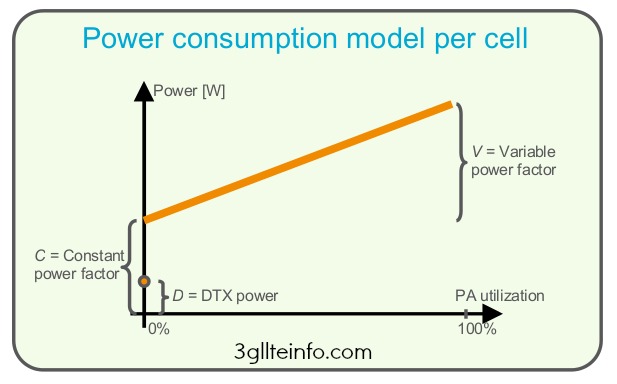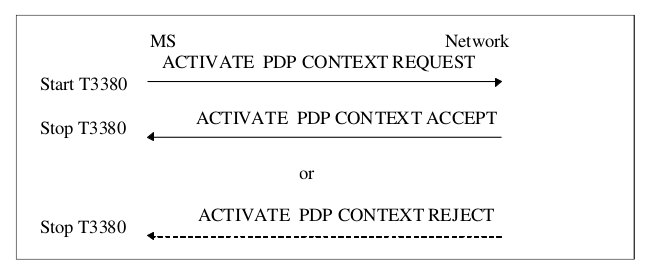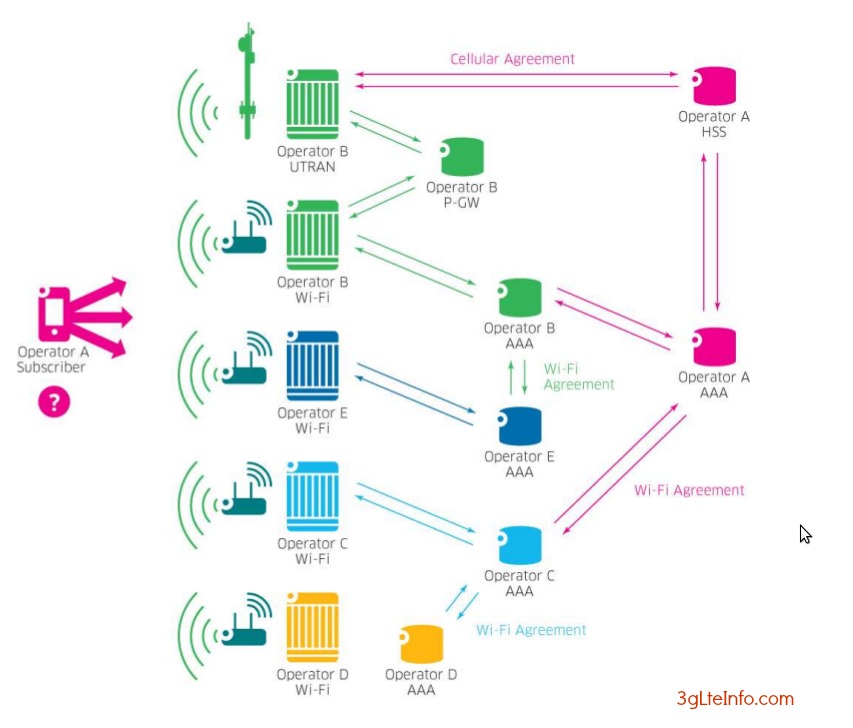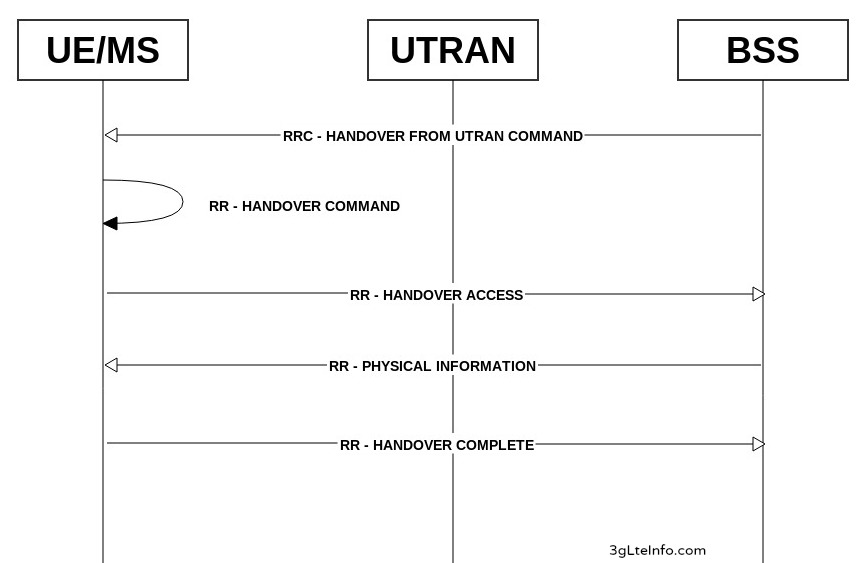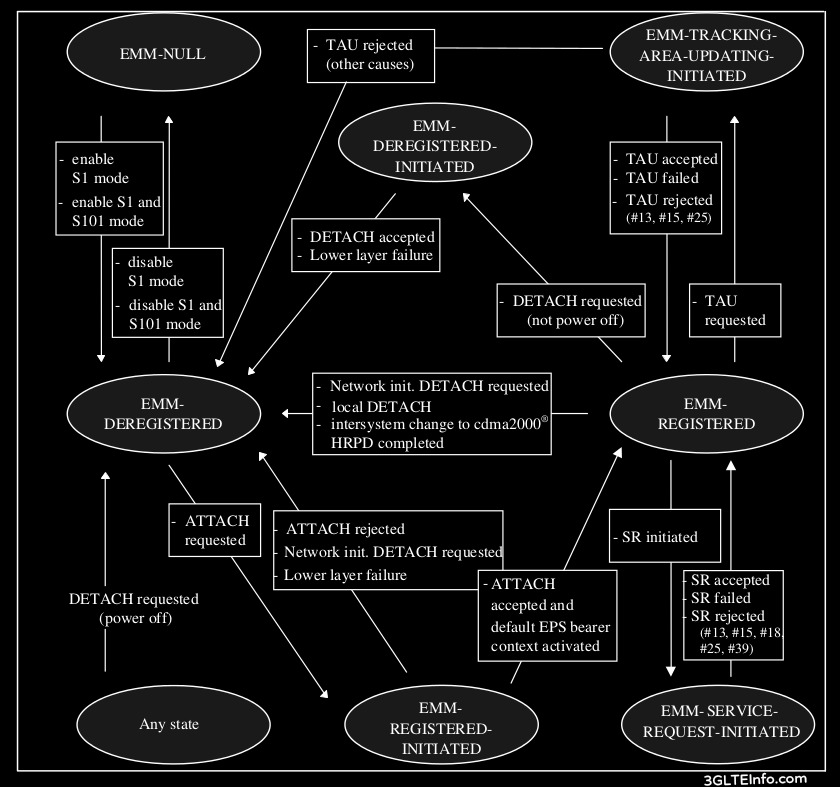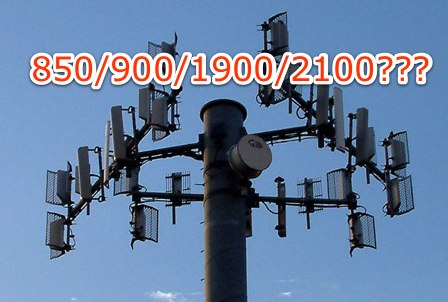
Scalable UMTS
Justification is that only a 5 MHz channel bandwidth is defined for UMTS FDD; this restriction may limit the deployment of UMTS in the case when the spectrum allocation is less than 5 MHz, or not a multiple of 5 MHz. An example of such a case is when frequency resources are re-farmed from legacy systems. A new 3GPP study (more ..)

